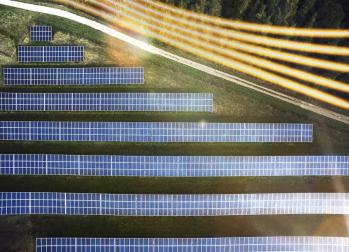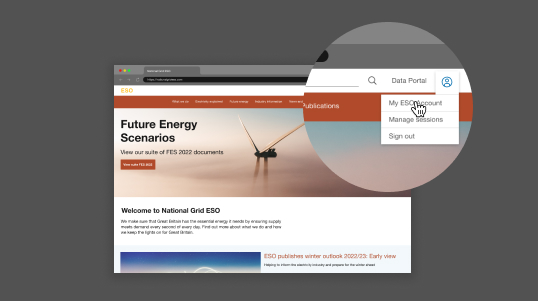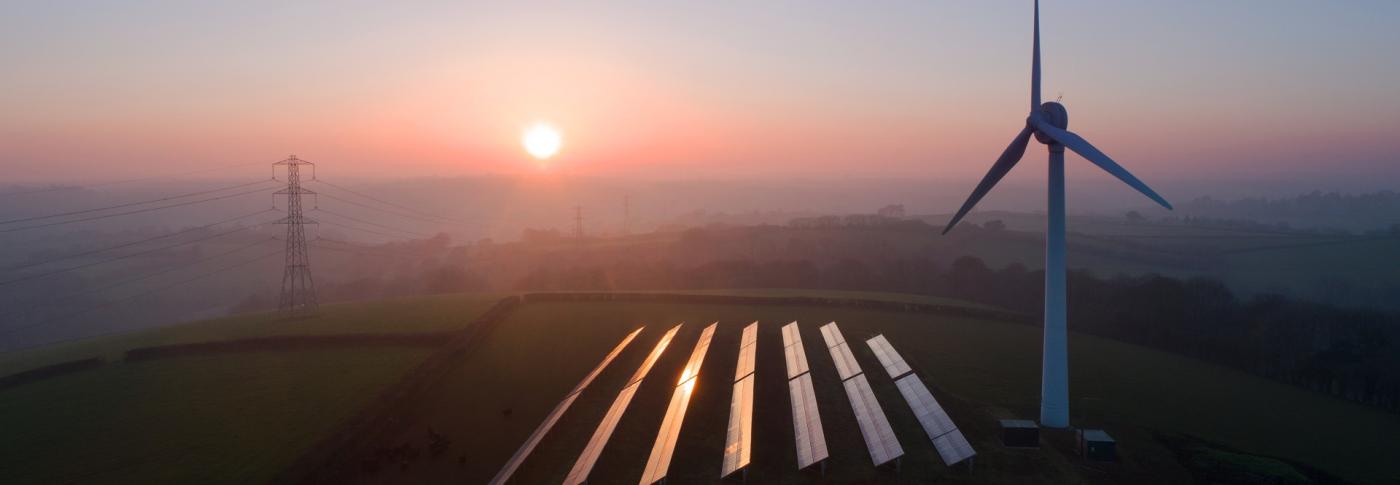The electricity system is in a period of transition. We are quickly moving away from energy predominately being supplied by large-scale transmission connected generation, to a larger volume of smaller distribution connected generation, flexible demand, and storage.
To ensure we continue to operate the system safely and securely, we must consider how this change impacts the transmission and distribution networks, both commercially and technically.
ESO and Distribution Network Operators (DNOs) are working with stakeholders across Great Britain through Regional Development Programmes (RDPs) to identify and solve arising local network challenges.

What is a Regional Development Programme?
A Regional Development Programme (RDP) is a method of addressing areas of the network that are inherently challenged by the connection of large volumes of Distributed Energy Resources (DER). DER are small-scale electricity generation, storage, or flexible demand units connected within the distribution network.
RDPs are designed to unlock additional network capacity, reduce constraints, and open new revenue streams for market participants. They aim to introduce methods that significantly enhance transmission and distribution system coordination and control and provide new tools and resources to manage system constraints – ultimately reducing costs for consumers. They 'design by doing', creating whole system efficiencies as quickly as possible.
To find out more, please read our RDP identification process document below.

Megawatt Dispatch
The south west of England is likely to play a big role in meeting the Government’s green energy targets because there is lots of renewable solar and wind generation in the area, but research showed that it is difficult to absorb that energy on the network.
This RDP is analysing what the requirements and capabilities are needed in the area to overcome this challenge at the least cost to the consumer.
South-West Scotland RDP
With SP Transmission and SP Distribution, we are working on this RDP which focusses on the south-west of Scotland. There is huge potential for renewable electricity generation in this area, but that requires extensive and costly network reinforcements to get the energy to where it is needed by conventional means.
We’re are looking at new ways to use technology and operational methods to provide cost efficient outcomes for the renewable developments in the region. For the ESO to utilise the full potential of the transmission network in the future in this area of Scotland, both transmission connected generation and distributed energy resources should compete on a fair and equitable basis for access to the network.
Therefore, new arrangements for the connection of developments to the network, and provision of constraint management services will be developed. This will maximise the operation and management of the transmission network in the future. This RDP will create the necessary frameworks to achieve this ambition.

